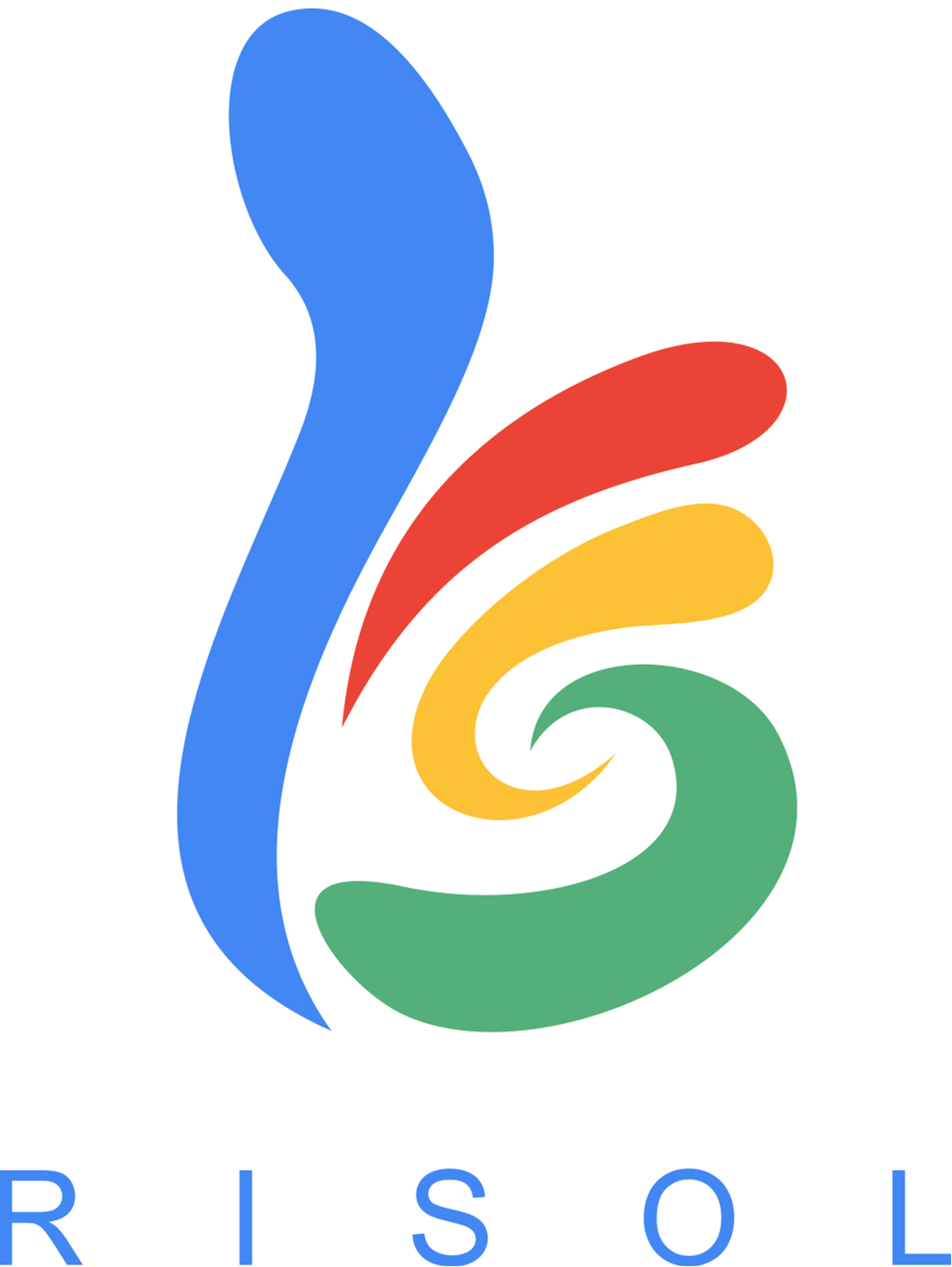conventional fire alarm system
A conventional fire alarm system represents a fundamental yet reliable approach to fire detection and safety management in buildings. This system operates by dividing a building into broad zones, with multiple detection devices, including smoke detectors, heat sensors, and manual call points, connected to a central control panel. When a detector is triggered, the control panel identifies the specific zone where the potential fire has been detected, allowing response teams to quickly locate and address the threat. The system typically comprises four main components: detection devices, sounders, manual call points, and the control panel. Detection devices continuously monitor the environment for signs of fire, while sounders provide audible warnings when a threat is detected. Manual call points allow occupants to raise the alarm manually in case of emergency, and the control panel serves as the system's brain, monitoring all connected devices and managing the alarm activation process. These systems are particularly well-suited for smaller to medium-sized buildings, such as schools, small offices, retail spaces, and warehouses, where zone-based detection provides adequate coverage without the complexity and cost of more sophisticated addressable systems. The conventional fire alarm system's straightforward design makes it both cost-effective and reliable, with minimal maintenance requirements and easy troubleshooting capabilities.











